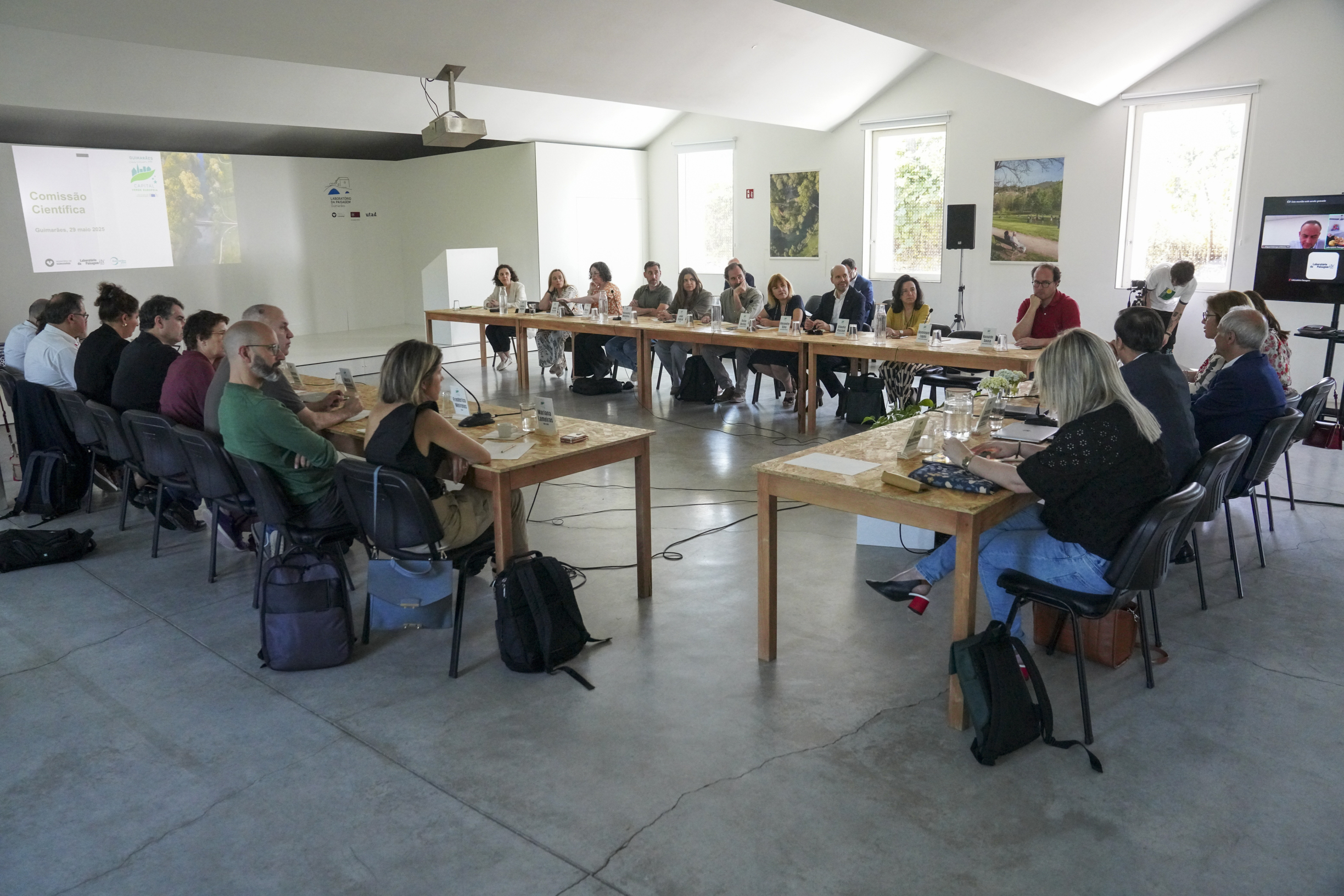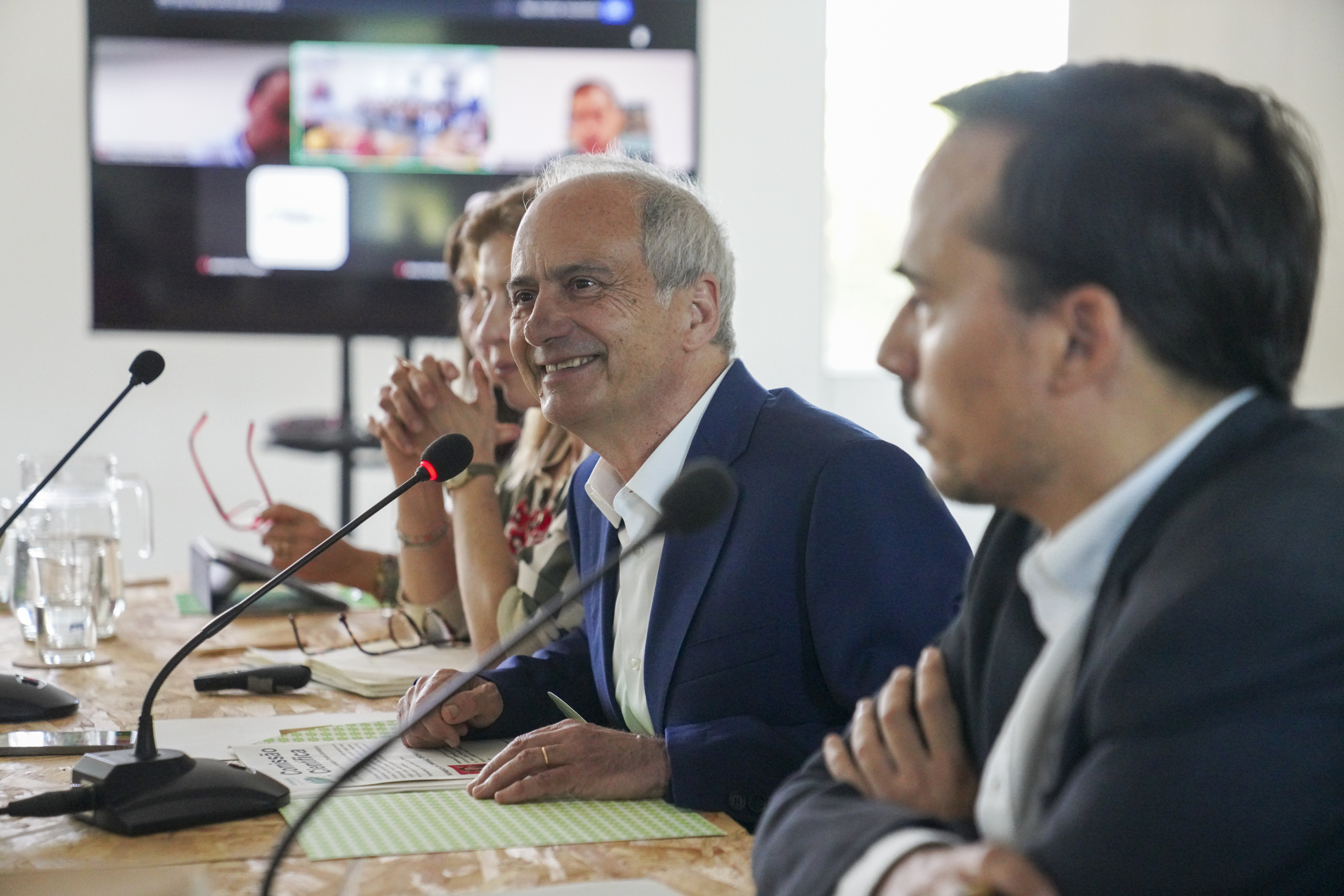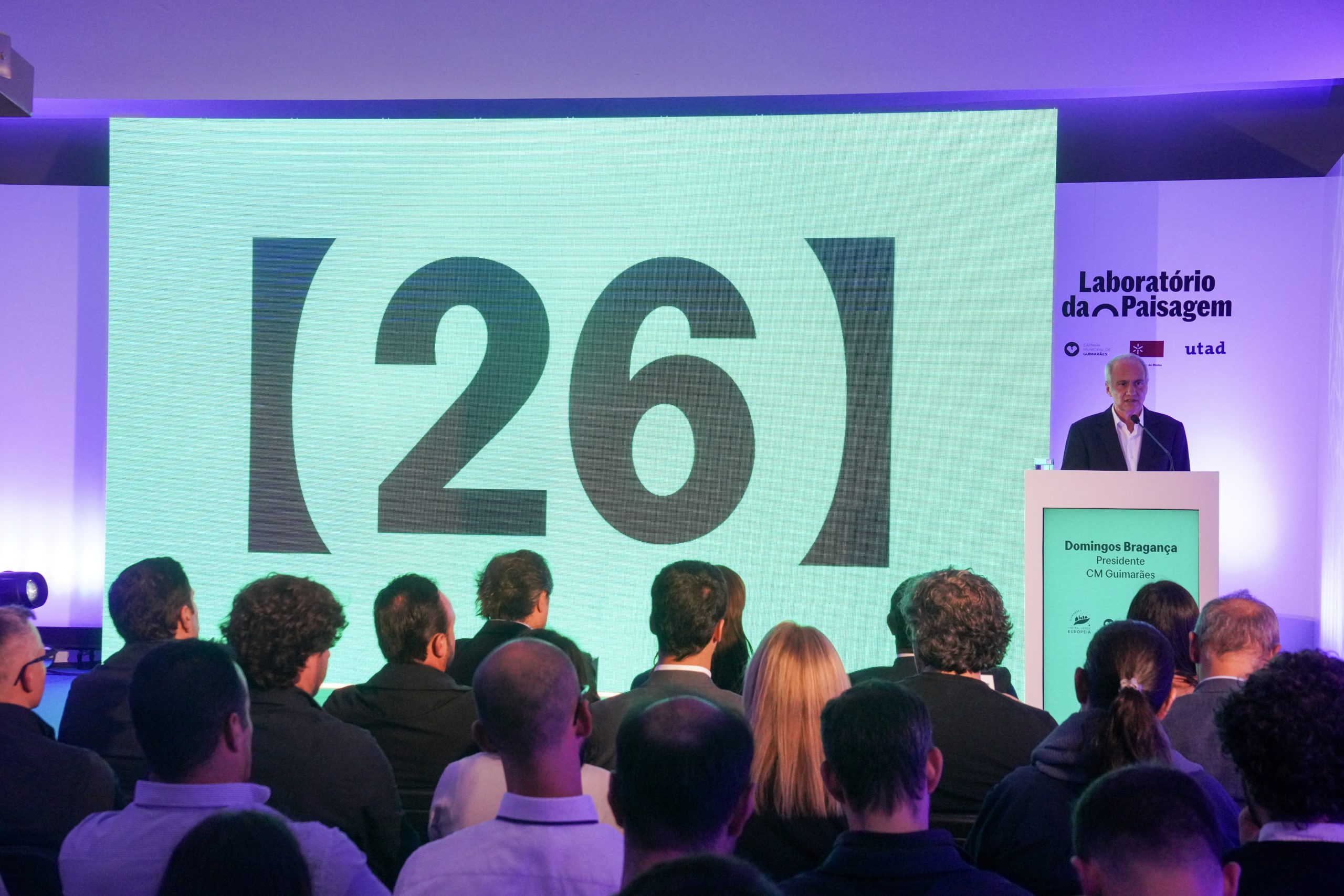Guimarães Convenes Scientific Committee of the European Green Capital
Guimarães has taken another significant step on its path toward the European Green Capital 2026 (EGC 2026). On the morning of May 29, the Laboratório da Paisagem hosted the first meeting of the Scientific Committee of the EGC Mission Unit — a key pillar in achieving the strategic goals of Guimarães as European Green Capital.
This body plays a crucial role in generating knowledge, providing technical coordination and scientific leadership, ensuring the implementation of high-impact projects, and positioning Guimarães as a global reference in innovation, sustainability, and climate action.
Domingos Bragança, Mayor of Guimarães, emphasized the importance of the Committee, stating: “Science plays a fundamental role in the transformation of cities.” He also expressed his vision: “I hope to see a great deal of scientific production and dissemination. It is essential that knowledge does not remain confined and that it reaches citizens.”
He continued by stressing the need for a collaborative scientific community: “What matters is to establish a multidisciplinary scientific network capable of creating innovative solutions that support the transformation of both territory and people. We need everyone’s contribution.”
Carlos Ribeiro and Isabel Loureiro, co-chairs of the Scientific Committee, highlighted that “this is further proof that Guimarães has invested heavily in science and research — and intends to do so even more during the European Green Capital year.” They also encouraged all participants to share ideas and contributions, as the Mission Unit is “always open to proposals that strengthen scientific knowledge, support public policy implementation, and promote citizen engagement.”
The Committee is composed of around 40 members from national and international academic institutions, including the Universities of Minho, Trás-os-Montes and Alto Douro, Porto, Coimbra, Nova of Lisbon, Aveiro, Valencia, Paris Tech, as well as UNU-EGOV, IPCA, and ISAVE. The committee is co-chaired by Carlos Ribeiro, Executive Director of the Laboratório da Paisagem, and Isabel Loureiro, Coordinator of the Guimarães 2030 Mission Structure.
With a broad and cross-cutting structure, the Mission Unit for EGC2026 will lead the coordination of all activities related to the title and the commitments made with the European Commission. It includes an executive board, four committees (Honorary Committee, Scientific Committee, Community Committee, and Monitoring Committee), as well as dedicated communication and financial teams.







